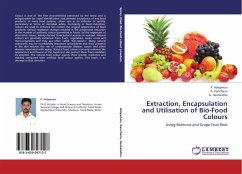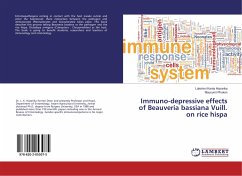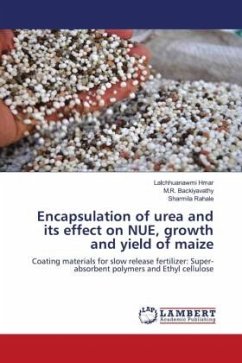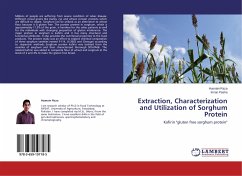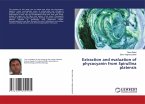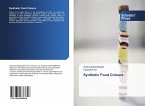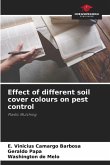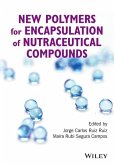Colour is one of the first characteristics perceived by the sense and is indispensable for rapid identification and ultimate acceptance of any food products. In many food systems, colour acts as an indicator of quality, particularly in terms of microbial safety. Commonly in food industries, colours are used to enhance (or) restore the original appearance of food products. Serious legislative changes resulted in the progressive reduction in the number of synthetic colours permitted in foods. So the important of alternative colour, mainly derived from natural sources as realized. Natural colours are generally extracted from fruits, vegetables, seeds, roots and micro-organisms and they are often called "bio-colours". Many natural colourants may be nutritionally important antioxidants and their presence in the diet reduces the risk of cardiovascular disease, cancer and other diseases associated with aging. Natural food colours not only enhance the appearance and flavour of the foods but also protect them from oxidation by enzymes. The natural food colour agents show greater resistance and stability compared with artificial food colour agents. This book is an attempt in that direction.
Bitte wählen Sie Ihr Anliegen aus.
Rechnungen
Retourenschein anfordern
Bestellstatus
Storno

